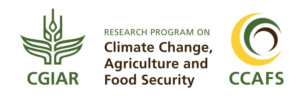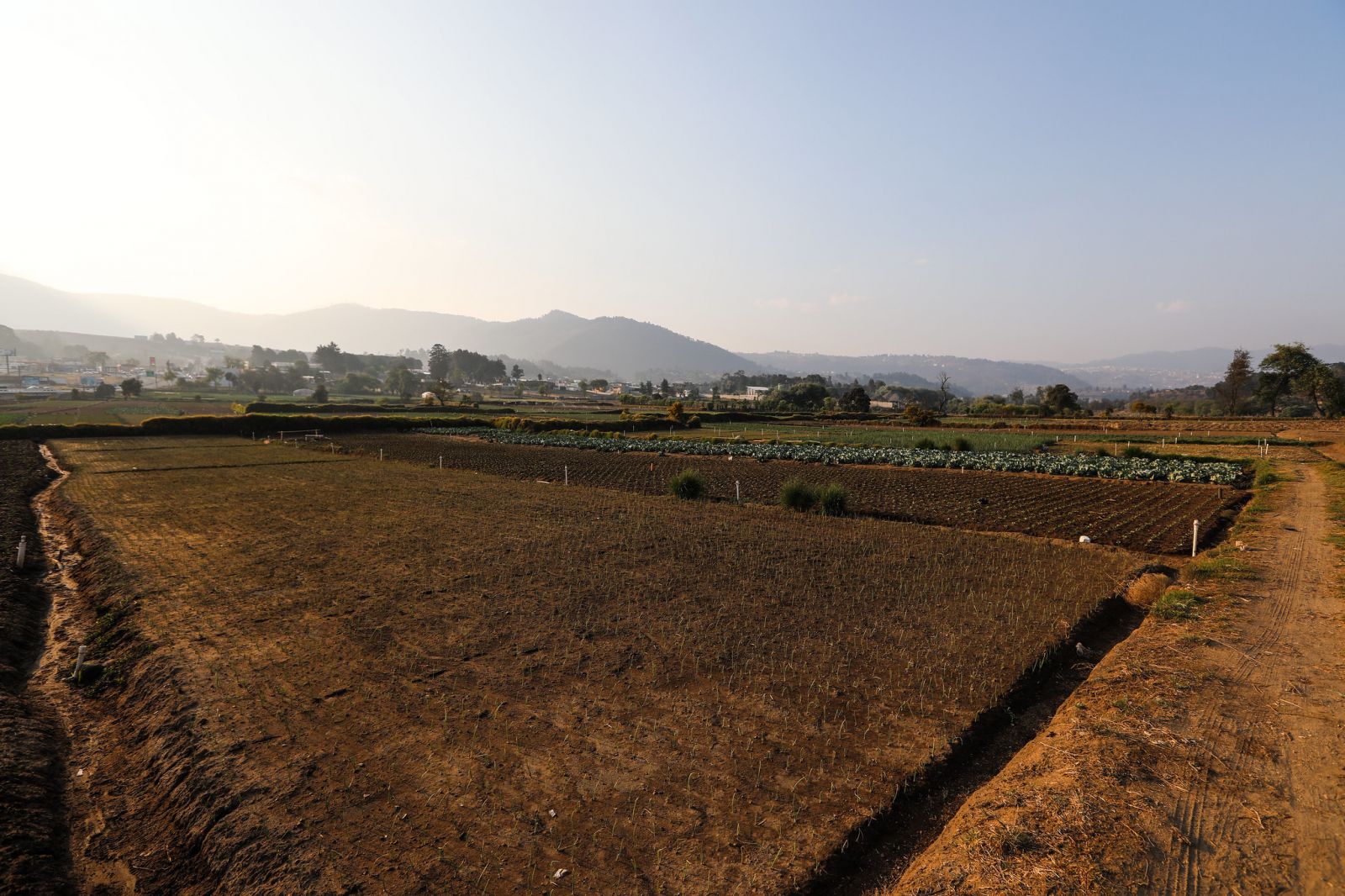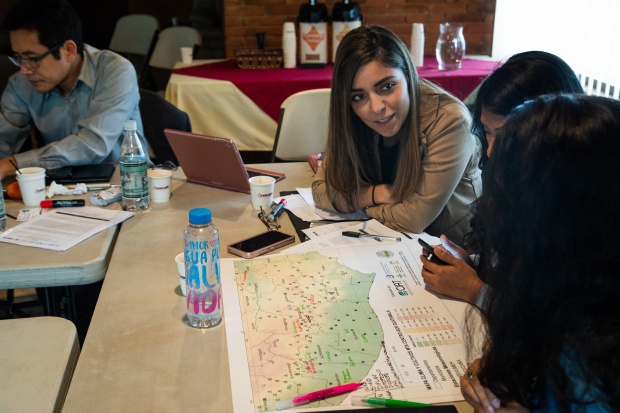Local on-the-ground technical committees are well placed to provide valuable information and devise measures to help farmers fight drought, as shown here in the Dry Corridor of Guatemala.
 Article in collaboration with: CGIAR Research Program on Climate Change, Agriculture and Food Security (CCAFS) seeks to address the increasing challenge of global warming and declining food security on agricultural practices, policies and measures through strategic, broad-based global partnerships.
Article in collaboration with: CGIAR Research Program on Climate Change, Agriculture and Food Security (CCAFS) seeks to address the increasing challenge of global warming and declining food security on agricultural practices, policies and measures through strategic, broad-based global partnerships.
Around the world, climate variability provides increasingly challenging environments that farmers must adapt to in order to ensure their food security. Today, the United Nations recognizes one of those challenges—drought—with the World Day to Combat Desertification and Drought. In Guatemala, one region that faces droughts is known as the Dry Corridor. The name hints at the struggles faced by those who live and cultivate there. A multiple-year drought has made matters worse.
Related topics: Learning about adaptation and mitigation from Cauca – Water Scarcity: How Climate Crisis is Unfolding in India – Thanks, Mom, for the Gift of Water
Over the last couple of years, the CGIAR Research Program on Climate Change, Agriculture and Food Security (CCAFS) has been working on enhancing sustainable agriculture and tackling the level of malnutrition in the Dry Corridor in Guatemala. In 2015, CCAFS and the International Center for Tropical Agriculture (CIAT), together with some local/regional actors, established a Local Technical Agro-climatic Committee (LTAC) in Chiquimula, a municipality in the Dry Corridor.
LTACs are innovating the way that local stakeholders can be informed about the expected climatic variations in the region, and how these can affect their crops. The LTAC in Chiquimula allows for an understanding of the needs of farmers, establishes an open and clear dialogue about seasonal climate forecasts, helps devise measures to reduce crop losses, and connects the demand for agro-climatic products with supply.

This process is critical during climate events, such as droughts, which can be devastating for rural communities in areas such as the Dry Corridor. During such events, producing and sharing relevant agro-climatic information in a timely manner is crucial for farmers and other decision makers to make management decisions that affect their livelihoods.
Other related activities in Chiquimula concerned designing and carrying out two emergency drills to assess and improve drought response. This exercise was funded by CCAFS and the Inter-American Institute for Global Change Research (IAI). Drills are an important element of disaster management that can help increase preparedness and reduce the risk of real‐time failure. Yet, they are not applied systematically to slow‐onset disasters such as a drought, which causes damage that is not instantly apparent and thus does not solicit immediate action.
In Guatemala, a period of drought, known as the “canícula,” can have severe impacts on the livelihoods and food security of smallholder farmers. By implementing part of the Ministry of Agriculture, Livestock and Food’s institutional response plan for drought, this exercise intended to improve preparedness for drought response. By supporting such activities, CCAFS and its partners are trying to ensure that rural communities have the best information and tools to respond to the challenges experienced in areas such as Guatemala’s Dry Corridor.
About the author: Alison Rose is Science Officer of the CGIAR Research Program on Climate Change, Agriculture and Food Security (CCAFS) Flagship 4, at the International Research Institute for Climate and Society (IRI), Columbia University, Palisades, New York, USA. (arose@iri.columbia.edu)
EDITOR’S NOTE: The opinions expressed here by Impakter.com columnists are their own, not those of Impakter.com. Photo Credit: E. Gawthrop (IRI)









